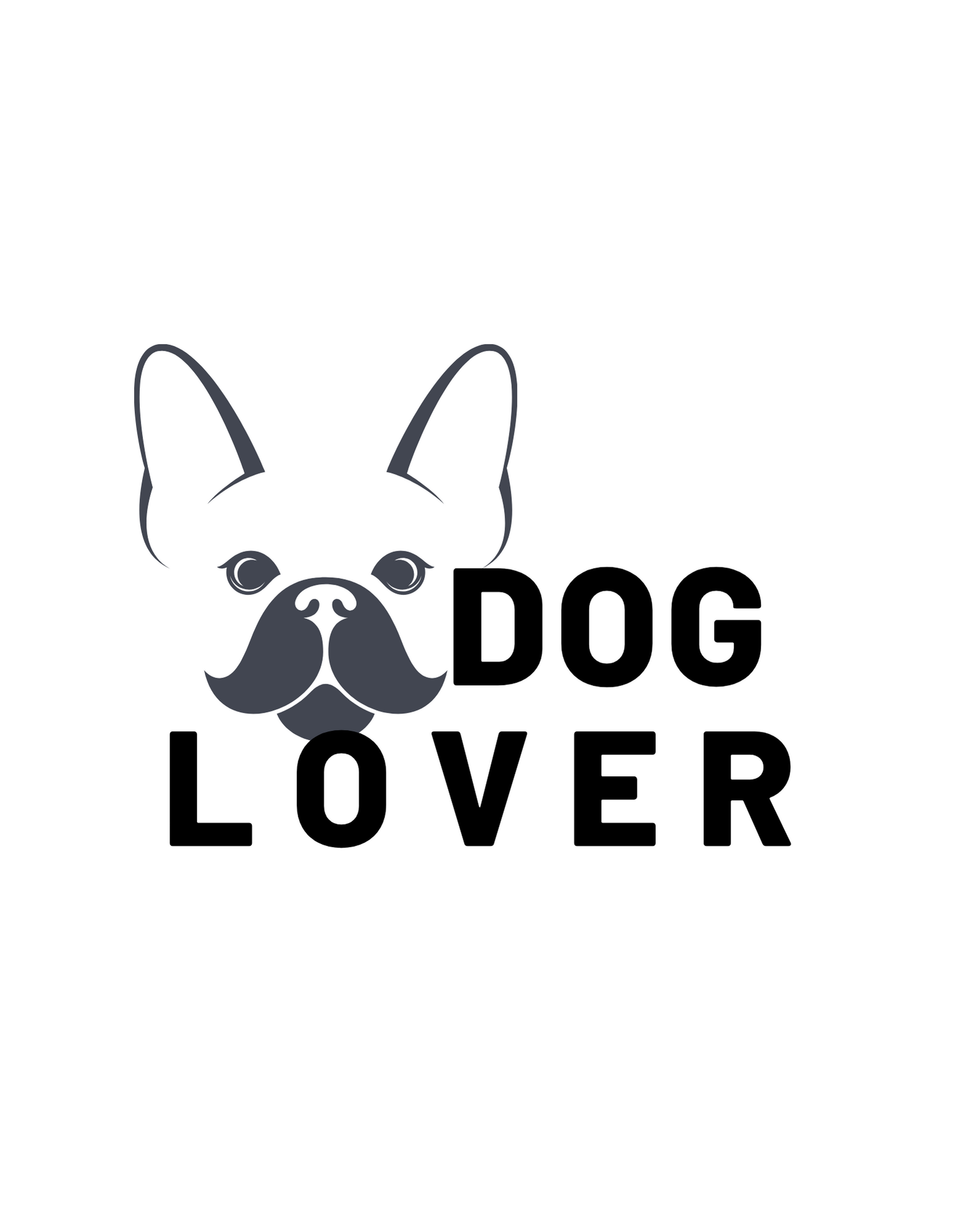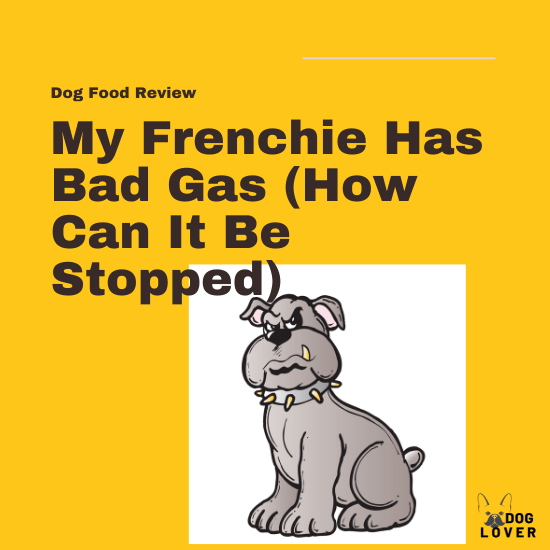Is kibble dry food bad for my dog?
Kibble or no kibble?
This question has stirred a lot of debate among pet parents.
Read on to make a well-informed choice.
Benefits of dry food
Here are the benefits of dry dog food:
- Convenience: dry foods are easier to pre-portion compared to wet dog foods. In addition, dry dog foods cannot go bad fast if left out all day. Dogs that are grazers benefit greatly from this as they can access the food anytime.
- Dental health benefits: Dry foods encourage dogs to chew them, thus preventing tartar and plaque build-up.
- Budget-friendly: Compared to wet foods, dry food is less expensive and can last longer.
- Food enrichment: Dry food can be easily integrated into food puzzles and slow feeders for cognitive growth and development.
Why dry kibble is bad for dogs
Below are the reasons to avoid dry kibble:
- Feed-grade ingredients: Pet feeds can use dying, diseased, dead, or downed animal parts and other ingredients from non-slaughtered animals. The inedible animal wastes and by-products go through high heat to kill bacteria. Rendering sanitizes these inedible parts, and many ingredients in pet foods result from rendering plants.
- Highly-processed ingredients: Dry kibble goes through high heat, which destroys most of the essential nutrients. To compensate for this, dog food manufacturers add artificial flavors, colors, and preservatives harmful to your dog. This process also creates carcinogens, including Acrylamide, that cause chronic diseases like cancer.
- High starch-carbohydrate content: Grain-inclusive kibble contains carbs, including wheat, corn, and potatoes. These are low-quality carb sources and can cause allergies and tummy sensitivities. Grain-free options also contain starch which includes lentils, peas, and legumes. Consuming these foods leads to a spike in insulin and glucagon levels. Moreover, carbohydrates are a recipe for obesity and heart problems.
- Low-moisture content: Kibble dry has a low moisture content, frequently consuming it leads to dehydration. Water is also crucial for smooth digestion and removing toxins from the body. The symptoms of dehydration include low energy levels, sunken eyes, panting, poor appetite, dry nose, and loss of skin elasticity.
What Should Dogs Eat Instead?
Here are the alternatives to kibble dry:
- Wet dog food: Wet dog food contains moisture for hydration and the removal of wastes from the body. Wet food is also highly palatable and attractive to picky eaters. In addition, wet food is easy to chew and digest, thus lowering the risks of tummy problems.
- Homemade dog food: You can make your dog’s food in your kitchen. However, it is not easy, and you need to consult the vet to know what to include. Natural ingredients including beef, lamb, chicken, spinach, and blueberries support muscle, digestive, coat, skin, heart, and immune health.
What to Look for in Kibble
Here’s what to look for in kibble:
- The protein content: Dogs need lots of proteins for strong muscles. Look for a crude protein level with a minimum of 25%-30%.
- The first 5 ingredients: The first five ingredients are crucial as they make up approximately 80% of your dog’s food. The first ingredient should be real meat.
- Healthy fats: These include flaxseed and chicken fat for skin health.
- Added beneficial supplements: These include glucosamine, probiotics, chondroitin, antioxidants, and prebiotics.
Best kibble for dogs
The best kibble for dogs includes high-quality proteins, healthy fats, essential vitamins and minerals, and healthy supplements for overall growth. Below are the 3 top-rated kibbles for dogs:
- Wellness Complete Health Dry Food: This brand uses a significant amount of meat and meat meals for concentrated proteins to strengthen the muscles.
- Instinct Original Grain-Free Dry Food: From Instinct Original to Instinct Raw Boost, this premium pet food brand uses high-quality ingredients to delight your dog’s instincts.
- Nature’s Logic Dry Food: Nature’s Logic recipes use many meat meals for maximum protein values to support muscle power. The recipes are also crafted with premium ingredients, including chicory root, pumpkin seeds, and yeast culture.
Benefits of a Raw Diet
Here are the reasons to go for a raw diet:
- Improved immunity: Raw ingredients, including meat, fruits, and vegetables, work together to support the immune system.
- Superior bone wellness: Crushed bones are excellent sources of calcium, glucosamine, marrow, collagen, and chondroitin.
- Improved skin and coat appearance: Raw ingredients, including chia seeds and flaxseeds, are the best sources of omega fatty acids for smooth skin and shinier coats.
Is kibble actually bad for dogs?
No, kibble is not bad for dogs. However, it should not be the only diet for your dog. Give your pup a mix of raw, dry, and wet foods for maximum health benefits.
Is dry kibble better for dogs?
Yes, dry kibble is good for dogs. But it has less moisture, and making it your dog’s only diet can lead to dehydration. It is also hard to chew and digest.
Should dogs eat kibble or wet food?
Mixed feeding is preferable to kibble, and wet food is beneficial for your dog. You can alternate wet and dry food or mix them for more flavor and benefits.
Is kibble hard to digest?
Yes, kibble has less moisture; hence it is hard to digest. But this also supports dental health as it lowers the risk of tartar and plaque build-up by cleaning the teeth.
Can dogs eat a diet of only dry food?
No, dogs cannot rely on dry food only. Mixed feeding ensures your dog enjoys both wet and dry food benefits. If you should feed dry food only, ensure your dog has access to water.
Is kibble bad for dog teeth?
No, kibble is not bad for a dog’s teeth. Although it is hard to chew, it makes teeth strong and minimizes the chances of plaque and tartar build-up in your dog’s teeth.


